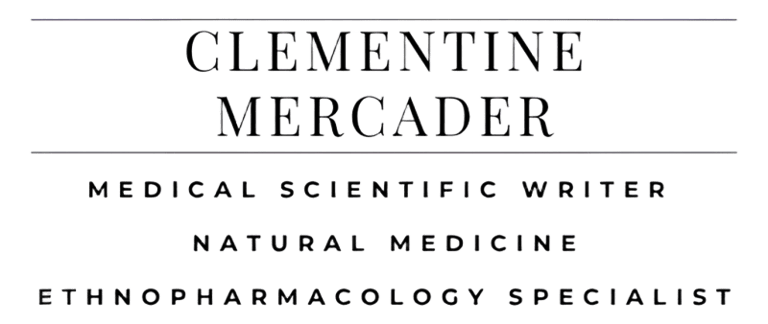Multiple Sclerosis and Complementary Therapeutic Strategies
A comprehensive review of evidence-based complementary approaches for managing multiple sclerosis, including nutritional strategies, botanical compounds, and emerging integrative therapies. This article explores current research and highlights practical solutions to improve patient outcomes worldwide.


Multiple sclerosis (MS) is a chronic autoimmune disorder of the central nervous system (CNS) characterized by immune-mediated damage to the myelin sheath surrounding nerve fibers. This process disrupts the transmission of electrical signals between neurons, resulting in a range of neurological symptoms—motor, sensory, cognitive, and visual—and, over time, can lead to permanent disability.
Current disease-modifying therapies (DMTs) aim to reduce relapses and slow disease progression, yet they often fall short of completely halting long-term disability. Recent advances in immunology and neurobiology, however, have paved the way for innovative treatment approaches, combining conventional and complementary strategies to improve patient outcomes.
Global Prevalence and Risk Factors
MS affects approximately 2.8 million people worldwide, with the highest prevalence in North America and Europe. In the United States alone, nearly 1 million individuals live with MS. Women are disproportionately affected, with a female-to-male ratio of approximately 2–3:1.
Although the exact cause remains unknown, several factors appear to increase susceptibility:
Genetic predisposition combined with environmental triggers.
Vitamin D deficiency due to limited sun exposure in early life.
Smoking and exposure to air pollutants.
Obesity and high-sugar diets, which may influence immune function.
Gut microbiota imbalances, linked to immune dysregulation.
Viral infections, notably Epstein-Barr virus.
Neuroendocrine influences, such as low nocturnal melatonin levels.
Heavy metal exposure and mobilization of stored toxins.
Clinical Features and Disease Course
MS is highly heterogeneous, making diagnosis complex. Common initial manifestations include:
Motor symptoms: muscle weakness, gait disturbance, spasticity.
Sensory changes: paresthesia, neuropathic pain, abnormal sensations.
Visual disturbances: optic neuritis causing blurred or double vision.
Cognitive and mood changes: memory impairment, depression.
Autonomic symptoms: bladder and bowel dysfunction, sexual difficulties, severe fatigue.
Most patients experience relapsing-remitting MS (RRMS), marked by episodes of neurological worsening followed by recovery. About 15% have a primary progressive form, where symptoms gradually worsen without remission.
Complementary and Integrative Strategies
While conventional therapies remain essential, research increasingly supports complementary approaches to reduce inflammation, protect neurons, and enhance quality of life.
Lifestyle and Nutritional Interventions
Vitamin D supplementation: Associated with reduced relapse rates and MRI lesion activity.
Anti-inflammatory diet: Rich in polyunsaturated fatty acids (omega-3s), antioxidants, and plant-based foods; low in saturated fats, dairy, and gluten.
Gut health modulation: Probiotics and dietary fibers may help regulate immune response via the microbiome.
Botanical and Natural Compounds
Cannabidiol (CBD): Modulates endocannabinoid signaling, potentially reducing spasticity and neuroinflammation.
Curcumin: Anti-inflammatory and antioxidant effects with potential to modulate immune activity.
Nigella sativa (black seed oil): Demonstrates immunomodulatory and neuroprotective properties.
Achillea millefolium: Preliminary studies suggest a role in reducing relapse frequency.
Essential oils (e.g., Cistus ladanifer, Ocimum basilicum): Traditionally used in autoimmune conditions.
Homeopathic preparations (e.g., Ruta graveolens D3): Commonly integrated in certain holistic protocols.
Vaccine Safety Considerations
Concerns have arisen over potential links between MS and vaccines such as hepatitis B and HPV. Large-scale epidemiological studies confirm no causal association, reinforcing that vaccines remain safe and essential for public health.
Conclusion
Multiple sclerosis remains a complex and challenging disease, but progress in both pharmacological and complementary strategies offers hope for improved outcomes. Combining evidence-based medicine with lifestyle optimization and natural compounds may deliver a more holistic, patient-centered approach to MS management.
References
Munger KL et al. Vitamin D intake and incidence of multiple sclerosis. Neurology. 2004;62(1):60–5. The Guardian+15PubMed+15PubMed+15
D-Lay MS Randomized Clinical Trial. Oral cholecalciferol 100 000 IU biweekly reduced disease activity in early RRMS. PubMed. PubMed+1New York Post+1
Lim WY et al. Vitamin D and multiple sclerosis: observational studies and Mendelian analysis. Multiple Sclerosis and Related Disorders. 2024. PubMed+11PubMed+11Wikipédia+11
Ascherio A et al. Epstein‐Barr virus as a likely cause of multiple sclerosis. Science. 2022. Wikipédia+1PubMed+1
Nabiximols (Sativex®) as adjunctive therapy for MS spasticity: systematic review. SAGE. 2024. clinicaltrials.gov+10journals.sagepub.com+10PMC+10
CBD13/THC9 vaporized formulation improved spasticity and urinary dysfunction in MS. Journal of Clinical Medicine, MDPI. 2024. mdpi.com
JAMA review: limited but promising symptom relief from cannabinoids in MS. jamanetwork.comVerywell Health
